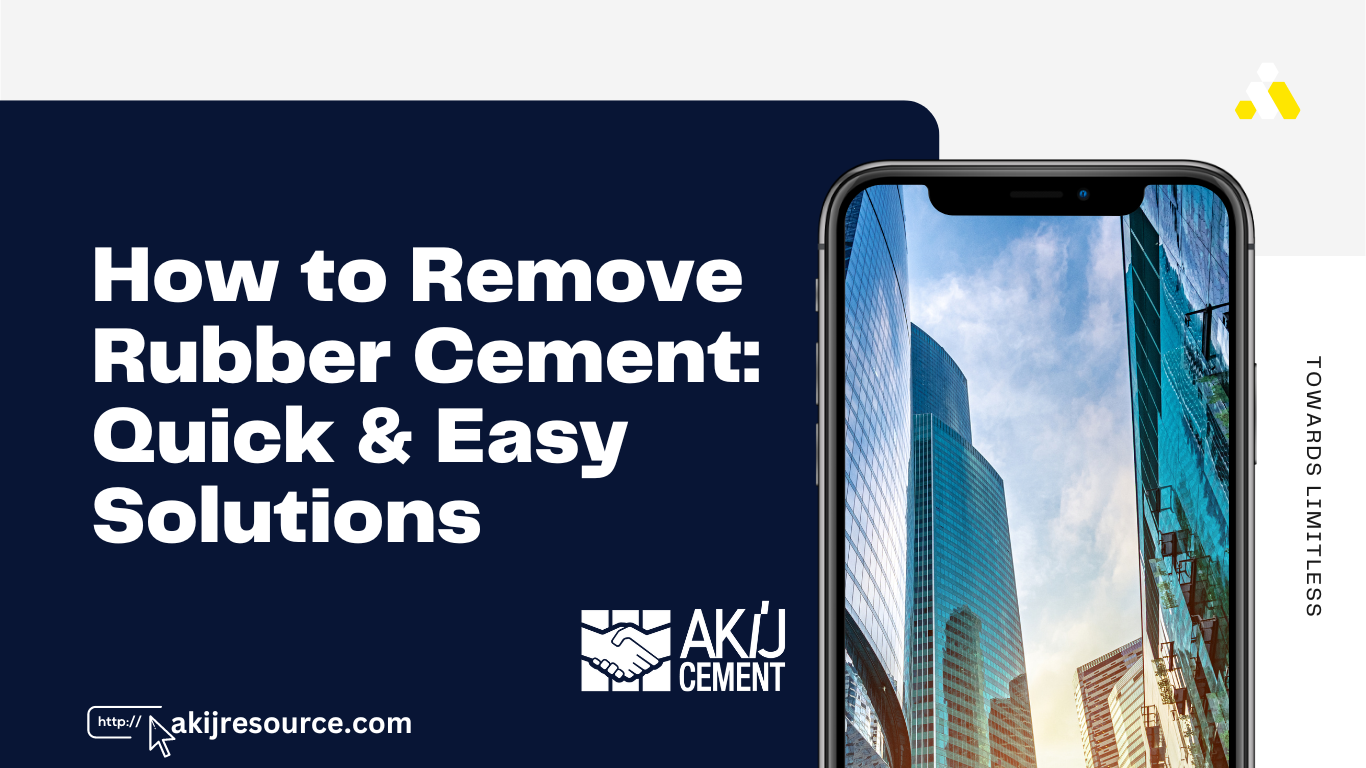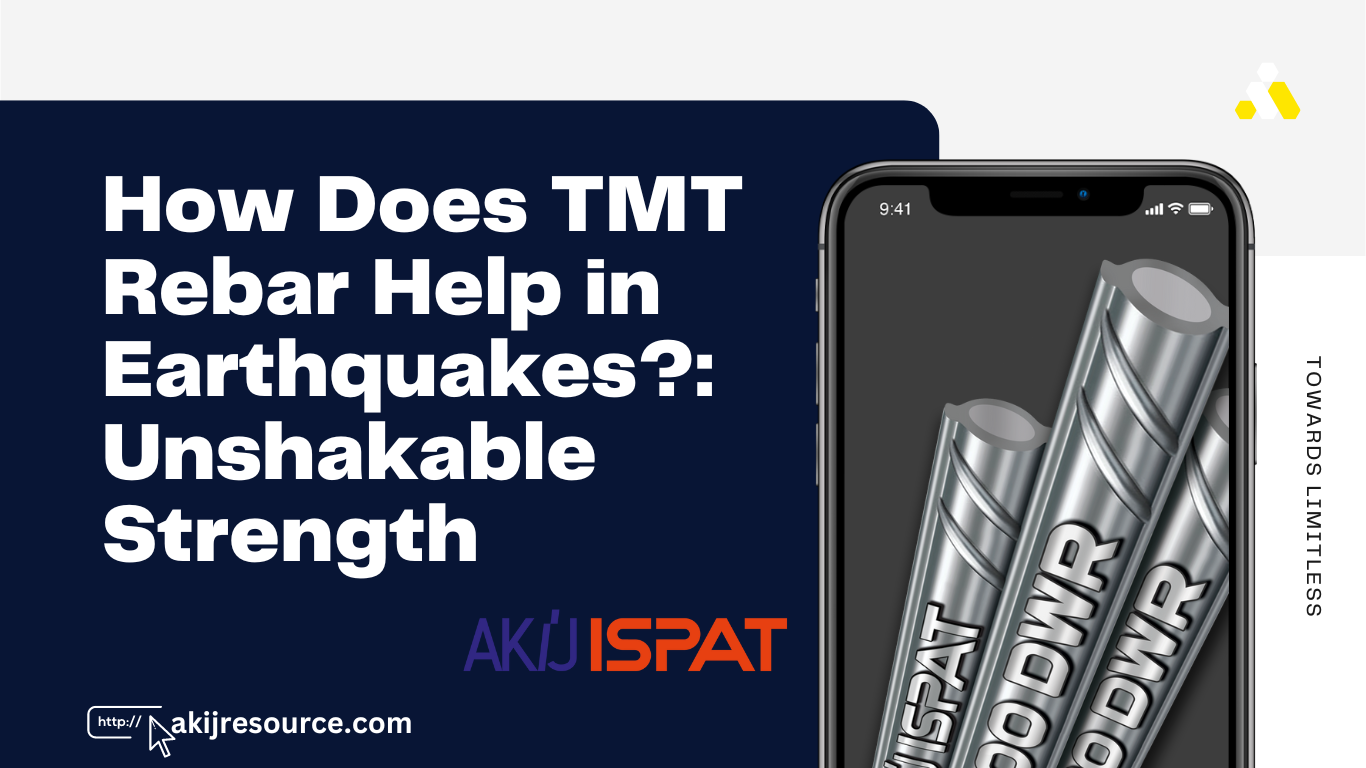To remove rubber cement, apply a solvent like acetone or rubbing alcohol and gently rub the area. Use a cloth or cotton ball for application.
Rubber cement is a versatile adhesive used in various crafts and repairs. Its flexible nature makes it ideal for temporary bonds. However, it can be tricky to remove once dried. Using the right solvent ensures the adhesive lifts without damaging the surface.
Common solvents include acetone and rubbing alcohol, both effective at breaking down rubber cement. Always test the solvent on a small, hidden area first to prevent damage. Gently rub the affected area with a cloth or cotton ball soaked in the solvent. This method ensures a clean, residue-free surface.
Introduction To Rubber Cement
Rubber cement is a popular adhesive used in many projects. It is made from elastic polymers mixed with solvents. These materials give it a unique property. Rubber cement is flexible and easy to work with. It is often chosen for its quick-drying nature and strong hold. But, this same flexibility makes it tricky to remove. Understanding its uses and why it is tough to clean can help.
Common Uses
Rubber cement is used for various tasks. Here are some common applications:
- Arts and Crafts: Ideal for paper and fabric projects.
- Office Work: Used for mounting photos and documents.
- Household Repairs: Helpful for minor fixes around the home.
- Model Building: Essential for assembling plastic models.
Why It’s Tricky To Remove
Removing rubber cement can be challenging. Here are some reasons:
- Strong Bond: Rubber cement creates a strong bond. This makes it hard to peel off.
- Sticky Residue: It leaves a sticky residue. This residue can attract dirt and dust.
- Delicate Surfaces: Removing it from delicate surfaces can cause damage.
- Solvent-Based: Being solvent-based, it can stain materials. This makes cleaning more difficult.
In the following sections, we will guide you on how to effectively remove rubber cement. Stay tuned for tips and tricks to make this task easier.
Preparation Steps Before Removal
Removing rubber cement can be a simple task if you are well-prepared. Before you begin, it’s important to gather all necessary materials and take proper safety precautions. This ensures a smooth and effective removal process.
Gathering Necessary Materials
To remove rubber cement, you will need a few essential items. Make sure to have the following materials ready:
- Rubber cement remover or acetone
- Soft cloths or paper towels
- Plastic scraper or old credit card
- Soap and water for cleaning the area afterwards
- Protective gloves to keep your hands safe
Having these materials at hand will make the process easier and more efficient.
Safety Precautions
Safety is crucial when working with chemicals. Follow these safety tips to protect yourself:
- Wear protective gloves to avoid skin irritation.
- Work in a well-ventilated area to avoid inhaling fumes.
- Avoid open flames as some removers are flammable.
- Keep children and pets away from the work area.
These precautions will help you stay safe while removing rubber cement.
Surface-specific Removal Techniques
Removing rubber cement requires different methods for different surfaces. Each surface needs special care to avoid damage. Here are some surface-specific removal techniques to help you.
Fabric And Clothing
Rubber cement can be tricky on fabric. Follow these steps:
- Let the glue dry completely.
- Gently scrape off the dried glue with a blunt knife.
- Apply a small amount of rubbing alcohol to a clean cloth.
- Dab the stained area carefully until the glue loosens.
- Wash the fabric as per its care label instructions.
Always test the alcohol on a hidden area first. This ensures the fabric doesn’t get damaged.
Hard Surfaces
For hard surfaces like wood, tile, or metal, try this method:
- Use a plastic scraper to remove excess glue.
- Mix warm soapy water in a bowl.
- Soak a sponge in the soapy water and scrub the area.
- For stubborn spots, use a little acetone on a cotton ball.
- Wipe the area clean with a damp cloth.
Be careful with acetone on painted surfaces. It can remove paint.
Glass And Plastics
Removing rubber cement from glass and plastics can be easy:
- Peel off the dried rubber cement with your fingers.
- Apply a small amount of baby oil or mineral oil to the residue.
- Use a clean cloth to rub the area gently.
- Wipe off the oil with a paper towel.
- Clean the surface with warm soapy water.
Baby oil helps to break down the glue without scratching the surface.
Natural Removal Methods
Rubber cement can be tricky to remove, but there are natural methods that work well. These methods are gentle on the surface and safe for you. Let’s explore some effective ways to remove rubber cement using natural ingredients.
Using Oils
Oils are great for breaking down rubber cement. They are safe and easy to use. Here are some oils you can try:
- Olive Oil: Apply a small amount of olive oil to the affected area. Let it sit for a few minutes. Then, gently rub the area with a cloth to remove the cement.
- Coconut Oil: Coconut oil works similarly to olive oil. Apply it to the rubber cement. Wait a few minutes. Wipe the area clean with a soft cloth.
- Baby Oil: Baby oil is gentle on the skin. It can also remove rubber cement. Dab some baby oil on the cement. Let it sit for a bit. Then, rub it off with a cloth.
Utilizing Warmth
Warmth can help loosen rubber cement. It makes it easier to remove. Here’s how you can use warmth:
- Hair Dryer: Set your hair dryer to a low heat setting. Direct the warm air at the rubber cement. As it warms up, the cement will soften. Wipe it away with a cloth.
- Warm Water: Soak a cloth in warm water. Place the cloth over the rubber cement. Let it sit for a few minutes. The heat will soften the cement. Then, rub it off gently.
- Steam: Steam can also help. Boil some water and hold the item above the steam. The rubber cement will soften. Use a cloth to wipe it away.
Using these natural methods, you can easily remove rubber cement. They are safe, effective, and kind to the environment.
Chemical Solvents For Effective Removal
Removing rubber cement can be tricky. Chemical solvents can make this task easier and more effective. These solvents break down the glue, making it simple to wipe away.
Rubbing Alcohol
Rubbing alcohol is a common household item. It can help remove rubber cement. Follow these steps:
- Soak a cotton ball with rubbing alcohol.
- Apply the cotton ball to the rubber cement.
- Let it sit for a few minutes.
- Wipe away the softened glue with a cloth.
Rubbing alcohol is safe for most surfaces. Always test a small area first.
Acetone
Acetone is a powerful solvent. It works well on rubber cement. Here’s how to use it:
- Dampen a cloth with acetone.
- Press the cloth on the rubber cement.
- Wait a few minutes for the glue to break down.
- Scrape away the glue gently with a plastic scraper.
Use acetone in a well-ventilated area. It can damage some surfaces, so test first.
Commercial Adhesive Removers
Commercial adhesive removers are designed for sticky messes. They are effective on rubber cement. Follow the instructions on the product label:
- Apply the adhesive remover to the rubber cement.
- Allow it to sit for the recommended time.
- Wipe or scrape away the glue.
- Clean the area with soap and water.
These products are safe for many surfaces. Always read the label for safety tips.
Mechanical Removal Approaches
Removing rubber cement can be tricky. Mechanical removal approaches offer effective solutions. Using tools and techniques can help you get rid of rubber cement. Let’s explore some methods.
Scraping Techniques
Scraping is a common way to remove rubber cement. Use a dull knife or a plastic scraper. Gently scrape the rubber cement off the surface. Work slowly to avoid damage.
- Choose the right tool: A plastic scraper is safer for delicate surfaces.
- Test a small area: Check if the tool damages the surface.
- Scrape at an angle: Hold the scraper at a 45-degree angle.
- Apply gentle pressure: Press lightly to lift the rubber cement.
Scraping works well on many surfaces. Always be careful not to scratch or gouge.
Sanding Off Residue
Sanding is another method to remove rubber cement. It is useful for stubborn residues. Use fine-grit sandpaper to avoid damage.
- Select fine-grit sandpaper: Choose 220-grit or higher for best results.
- Sand gently: Rub the sandpaper lightly over the residue.
- Check progress: Frequently inspect the area to prevent over-sanding.
- Wipe clean: Use a damp cloth to remove dust after sanding.
Sanding is effective but requires patience. Always use fine-grit sandpaper to protect the surface.
Post-removal Cleaning
After successfully removing rubber cement, the job isn’t quite finished. It’s crucial to clean the area properly to ensure no residue remains. This step-by-step guide will help you wash and restore the surface.
Washing The Area
Start by gently wiping the area with a damp cloth. Use warm, soapy water to remove any remaining sticky residue. Be sure to rinse the cloth frequently to avoid spreading the rubber cement around.
- Fill a bowl with warm, soapy water.
- Dip a clean cloth into the water.
- Wring out excess water from the cloth.
- Gently wipe the affected area.
If some residue remains, use a soft-bristle brush. Gently scrub the area in a circular motion. This helps to lift stubborn bits of rubber cement.
Restoring The Surface
Once the area is clean, it’s time to restore the surface. This step ensures that no damage has occurred during the removal process.
- Dry the area completely with a clean towel.
- Inspect the surface for any scratches or damage.
- If necessary, apply a small amount of surface polish or conditioner.
For wooden surfaces, use wood polish to bring back the shine. For fabric, a gentle fabric conditioner can help restore the texture. Always test a small area first to ensure no further damage occurs.
| Surface Type | Recommended Cleaner |
|---|---|
| Wood | Wood polish |
| Fabric | Fabric conditioner |
| Plastic | Mild detergent |
By following these steps, you can ensure that the surface is not only clean but also restored to its original condition. Remember, a little care goes a long way in maintaining the quality of your items.

Credit: tide.ca
Preventing Future Issues
Removing rubber cement can be a hassle. Preventing future issues is key to saving time and effort. Follow these tips to ensure smooth projects without the mess.
Tips For Controlled Application
Controlled application prevents excess rubber cement. Use a small brush or applicator for precision. This minimizes spills and overuse.
| Tip | Benefit |
|---|---|
| Use a small brush | Ensures precision |
| Apply in thin layers | Reduces drying time |
| Work in well-ventilated areas | Prevents inhalation of fumes |
Alternative Adhesives
Consider using alternative adhesives for specific projects. Some options offer fewer complications and are easier to clean.
- PVA Glue: Ideal for paper and card projects. It dries clear and is easy to remove.
- Double-sided Tape: Great for lightweight materials. It provides a strong bond without the mess.
- Glue Sticks: Perfect for school projects. They are non-toxic and washable.
Choosing the right adhesive for your project saves time and prevents future issues. Each option provides unique benefits and ease of use.
Troubleshooting Common Problems
Removing rubber cement can be tricky. Sometimes, you might face common problems that make the process harder. This section will guide you through troubleshooting these issues.
Stain Removal
Rubber cement can leave stains on surfaces. You need the right tools and techniques to clean them.
- Blot the stain: Use a clean cloth to blot the stained area. This helps absorb some of the rubber cement.
- Apply rubbing alcohol: Pour a small amount of rubbing alcohol on the stain. Let it sit for a few minutes.
- Scrub gently: Use a soft brush or cloth to scrub the stain. Be gentle to avoid damaging the surface.
- Rinse and dry: Rinse the area with water. Dry it with a clean towel.
Dealing With Persistent Residue
Sometimes, rubber cement leaves a sticky residue. This residue can be hard to remove.
- Freeze the residue: Place ice cubes in a plastic bag. Put the bag on the sticky area. This makes the residue hard and brittle.
- Scrape it off: Use a plastic scraper or credit card to remove the hardened residue.
- Use vegetable oil: Apply a few drops of vegetable oil on the residue. Let it sit for a few minutes.
- Wipe clean: Use a cloth to wipe away the residue and oil. Repeat if needed.
These methods can help you tackle common problems with rubber cement. Follow these steps to achieve the best results.

Credit: www.simplelifeandhome.com
Can the Techniques for Drying Cement Faster also be Used to Remove Rubber Cement?
Yes, the quickset cement drying techniques can also be used to accelerate the drying process of rubber cement. By using methods such as applying heat, increasing airflow, and reducing humidity, rubber cement can be dried faster and become ready for use in a shorter amount of time.
Frequently Asked Questions
Is Rubber Cement Easy To Remove?
Yes, rubber cement is easy to remove. Simply peel it off or use a rubber cement eraser. Warm water can also help.
Does Rubbing Alcohol Remove Rubber Cement?
Yes, rubbing alcohol can remove rubber cement. Apply it with a cloth and gently rub the area.
Can You Peel Off Rubber Cement?
Yes, you can peel off rubber cement. Let it dry completely first, then gently rub or peel it off.
What Dilutes Rubber Cement?
Acetone, mineral spirits, and rubber cement thinner effectively dilute rubber cement. These solvents break down the adhesive properties. Use in well-ventilated areas for safety.
Conclusion
Removing rubber cement can be simple with the right techniques. Follow the steps outlined to ensure effective removal. Always work in a well-ventilated area and use appropriate tools. With patience, your surfaces will be clean and free of any adhesive residue.






















